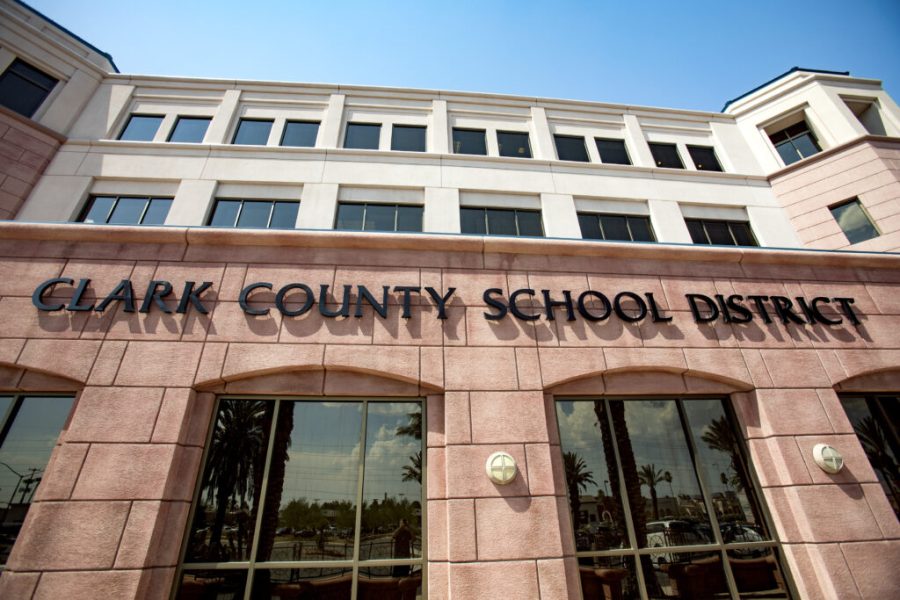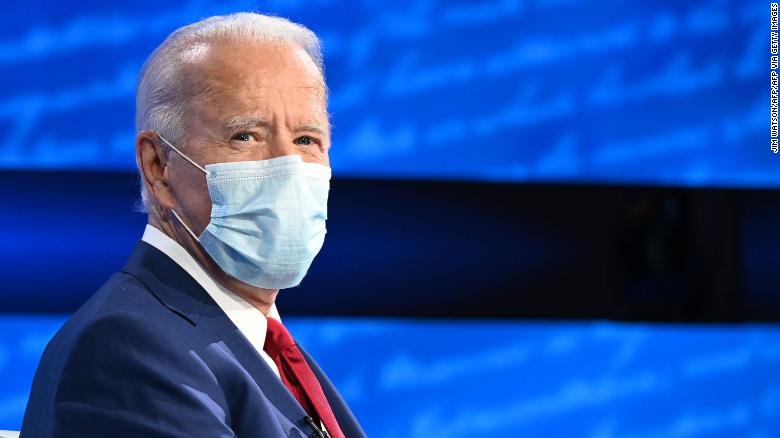Nevada has fallen to dead last in education amongst the 50 states and District of Columbia, according to Education Week’s annual report — a harsh criticism of the educational system that surely has drawn the ire of students, parents, and school faculty across the state. The educational system in Nevada IS paltry, ineffective, and downtrodden in its current state; there is no denying that. But blame should fall less on the individual teachers and students, and more on the inability of governmental authorities to promote a healthy learning culture and environment within the state.
In order to improve the success of Nevada schools and students, leaders within the communities, administrations, and government must focus on providing adequate funding, helping students who are English Language Learners (ELL), raising paltry graduation rates, and, most importantly, fixing problems within local communities that makes it possible to make education the number one priority for families and students.
Not all of the blame can fall on individual students or singular school performance.The state government has an obligation to fix societal problems that burden the personal lives of students, preventing them from focusing on education. Nevada is one of the worst states to raise a family, according to an analysis of data compiled by finance writer Richie Bernardo. The state possesses the third highest violent crime rate, third highest adjusted childcare cost, and second highest divorce rates. It is unreasonable to expect a student burdened by poverty, a broken home, or fear of harm to place all their focus on education – something not usually addressed by critics of the state’s education quality.
Issues outside of the realm of education are certainly burdensome on students, but there are still things the state and its districts can do to bolster the quality of our education. A large blame must first be placed on education’s lackluster funding. Inexcusably, Nevada spends less than all but four other states in the country. Many states featuring lower base-incomes and less options for tax revenue manage to spend more on Education. New revenue from the sale of recreational marijuana can go a long way to boosting this funding, but Governor Sandoval must be held to his promise to place that money in the education budget and use it effectively.
ELL students must be helped both in and out of school to move the educational ranking forward. Nevada ranks in the top six states for ELL students, many of whom are immigrants. These students struggle with English-written assignments, and often bring in low test scores. It is not easy nor cheap to help these students, but it must be an established priority going forward help Nevada’s education ranking and the students themselves. A 70 percent average for graduation rates is simply not okay, and stands out as the biggest measurement of Nevada’s collective failure. Schools and communities need to come together to keep these students in school and focused, partly through fixing the state-wide societal and family issues, and partly through reassessing curriculum to keep students engaged – something that will probably require more funding.
Nevada’s low educational ranking permeates through all levels of the state; not just individual schools but on the administration, parents, government, and communities. These problems can’t be fixed unless people within the state can come together and work to fix them. The state government is the best suited facilitator of such a task, and needs to work in promoting a unified Nevadan education movement. If they are not successful in both boosting the quality of our education and in improving the societal problems that plague our families, then the collective citizenry should vote these officials out.







